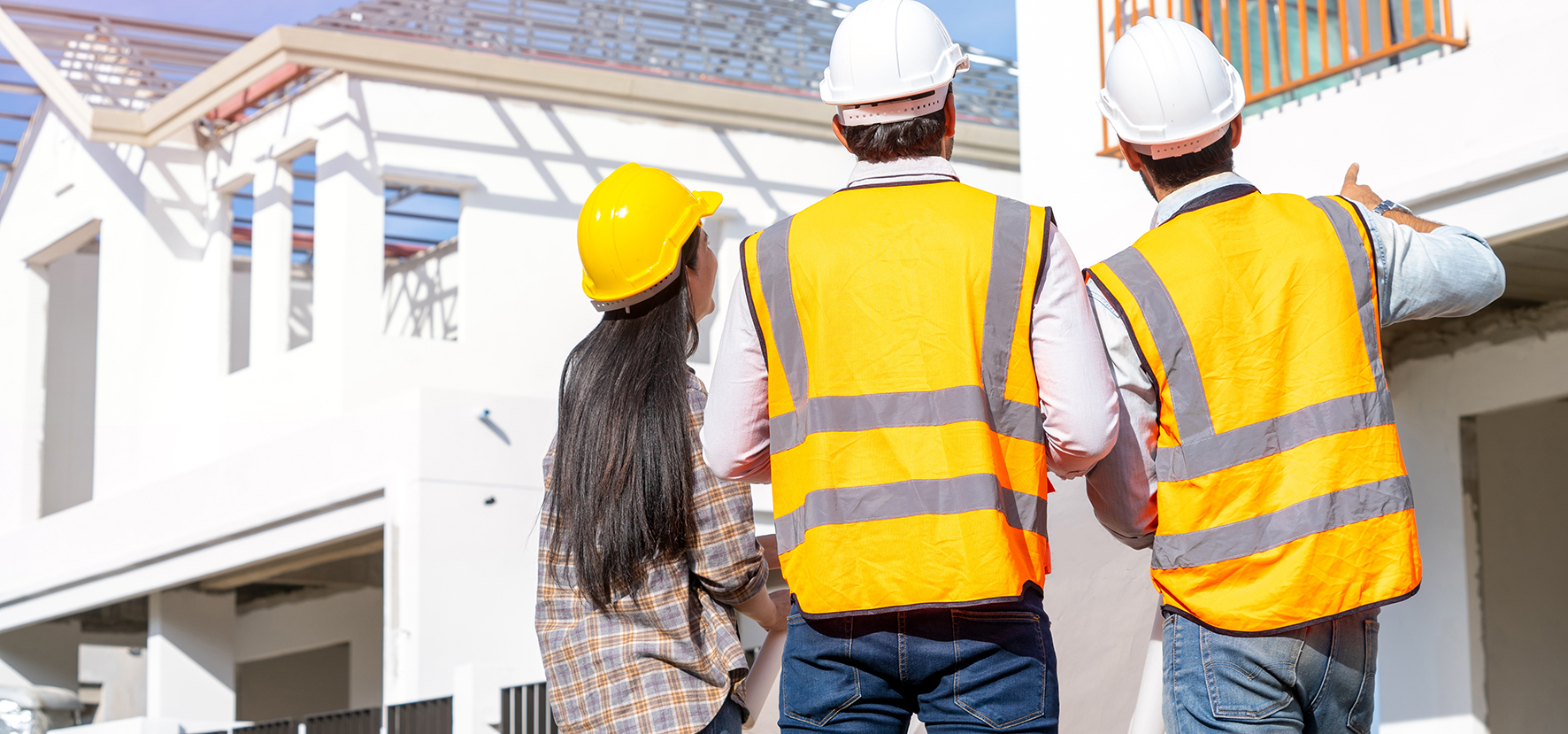Developing a building site is more than just laying bricks and mortar; it’s about crafting a vision for the future. As urban spaces become increasingly scarce, the challenge lies in maximising every square foot, ensuring it’s not just habitable but also sustainable and in harmony with its surroundings.
From understanding the nuances of small site developments to recognising the significance of ecological surveys, this guide aims to equip you with the knowledge to navigate the complexities of site development. Whether you’re a seasoned developer or a budding investor, there are essential boxes to tick, to ensure your housing investment stands the test of time. Let’s lay the foundation for a brighter housing future.
The Ecological Imperative
The importance of ecological surveys in site development cannot be overstated. These surveys serve as a comprehensive assessment of the potential environmental impact of a proposed development, ensuring that the natural habitats and species residing in the area are not adversely affected. For the UK, with its rich biodiversity and stringent environmental regulations, overlooking this step can lead to costly delays, legal repercussions, and reputational damage.

But beyond compliance, there’s a moral and ethical duty. As developers, we’re not just building homes; we’re shaping communities and futures. Integrating ecological considerations means creating spaces that coexist harmoniously with nature, promoting biodiversity, and fostering a healthier environment for residents. Sustainable development is not just about green technologies or energy efficiency; it’s about ensuring that the natural ecosystems, which play a pivotal role in our well-being and the planet’s health, are preserved and nurtured.
Ecological surveys are an important and foundational tool in crafting developments that are both profitable and planet-friendly. 24Housing can help you complete your surveys to help you get the planning permission you need to begin your build and turn your dreams into a reality. Embracing these surveys is also a step towards a more sustainable and harmonious future.
The Rise Of Small Sites
As sprawling estates and large-scale developments become less feasible due to space constraints, the focus is shifting towards optimising smaller plots, often tucked away in the heart of cities. These small sites, though challenging, present unique opportunities for innovative and sustainable residential development.
Harnessing the potential of small sites requires a blend of creativity and strategic planning. It’s about reimagining spaces, transforming underutilised or overlooked plots into vibrant residential hubs. Whether it’s converting a derelict warehouse, rejuvenating a forgotten alleyway, or building atop existing structures, the possibilities are as varied as they are exciting.
Small site developments often resonate with the modern urban dweller’s aspirations. They offer the allure of city living, proximity to amenities, and often, a sense of community that large developments can sometimes lack. By integrating green spaces, communal areas, and sustainable design principles, these sites can become oases in the urban jungle.

The rise of small sites is not just a trend but a testament to the evolving nature of urban living. It challenges developers to think outside the box, ensuring that every square foot counts and every development enriches the community it serves.
Factors To Consider For Optimal Site Selection
The development journey begins with a pivotal decision – selecting the right plot. This choice lays the groundwork for the entire project, influencing design, costs, and the eventual success of the development. For those looking to invest in the UK’s housing future, understanding the intricacies of plot selection is paramount.
Firstly, location is king. Proximity to essential amenities, transport links, and local attractions can significantly enhance a property’s appeal. But it’s not just about the present; consider the area’s future development plans and potential growth trajectories.
Topography plays a crucial role too. The natural lay of the land affects construction feasibility, drainage solutions, and even the orientation of the property. A south-facing garden might be a selling point for some, while others might prioritise plots that offer panoramic views.
Legal considerations are equally vital. Ensure the land has clear titles, free from disputes. Familiarise yourself with local laws, building regulations, and any potential easements that might affect construction.
Lastly, think about the community. The surrounding neighbourhood, its demographics, and its cultural vibe can influence the type of housing that will resonate most with potential buyers or tenants. Choosing the perfect plot is a blend of research, foresight, and intuition. It’s the first step in transforming a vision into a tangible, thriving reality.
Understanding The UK Housing Landscape
The UK’s housing sector is a dynamic entity, constantly evolving to meet the demands of a growing population and changing societal needs. Recent data from the government provides a snapshot of this shifting landscape. Notably, in the 2022-23 period, there was a remarkable increase of 11% in new build dwelling starts in England compared to the previous year, highlighting the nation’s proactive approach to addressing housing shortages.
This statistic underscores the urgency and momentum in the housing sector. An 11% uptick signifies not just the construction of homes, but the creation of communities, the revitalisation of regions, and the promise of economic growth. It’s a testament to the concerted efforts of developers, planners, and policymakers to ensure that every individual has access to quality housing.

However, these numbers also serve as a reminder of the challenges ahead. With urban spaces becoming scarcer, the onus is on innovative, sustainable, and efficient housing solutions. As we delve deeper into the intricacies of developing a building site, these statistics provide both context and inspiration, urging us to build not just homes, but a brighter future for all.
The UK stands at a pivotal juncture, attempting to balance the pressing need for housing with the imperatives of sustainability and community well-being. From understanding the broader housing landscape, as illuminated by recent statistics, to the nuances of plot selection and the importance of ecological mindfulness, the journey of site development is both complex and rewarding.
Small sites are emerging as beacons of innovation, challenging us to reimagine urban spaces and craft homes that resonate with modern aspirations. It’s essential to approach each step with research, foresight, and a commitment to creating spaces that enrich lives.
In the end, developing a building site is more than a business endeavour; it’s a testament to our vision for a sustainable, inclusive, and vibrant housing future for the UK. Let’s build with purpose, passion, and a pledge to make every square foot count.





